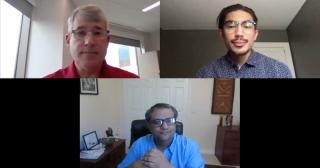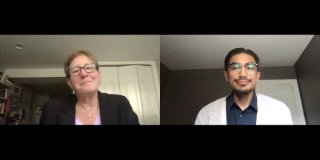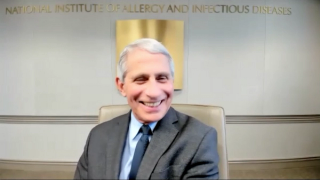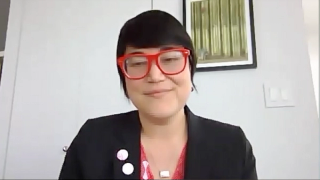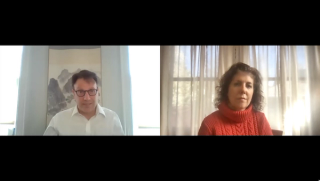
Population Health
Latest News
Latest Videos

CME Content
More News
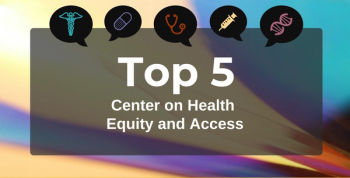
The top articles of 2023 addressed key issues such as representation gaps in aRCC research, concerns about the 340B program's impact on asthma disparities, slow adoption of equity innovations, potential biases in type 2 diabetes risk models, and addressing disparities in psoriasis treatment based on race and culture.
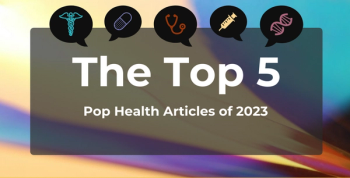
The top 5 most-read population health articles of 2023 included nicotine consumption, the future of health care initiatives, medical insurance, and the results of low-sodium diets.
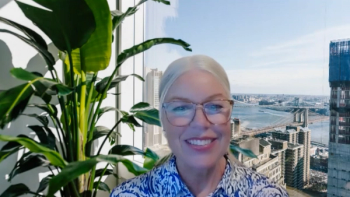
Join Shiela Plasencia, director of practice support, Community Oncology Alliance (COA) as she explores improving health treatments for marginalized communities and how to apply it to the oncology population.
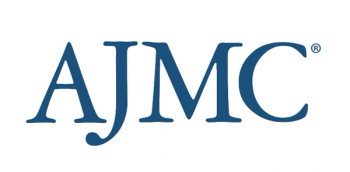
This article examines how CMS’ adjustment for social risk factors affects the Medicare Advantage Star Ratings and the type of contracts affected by the adjustment.

Robert Groves, MD, of Banner | Aetna discusses the challenges primary care practitioners (PCPs) face when addressing social determinants of health (SDOH).

A collection of studies was used to analyze the strongest strategies in acute-care settings for patients with substance use disorders.
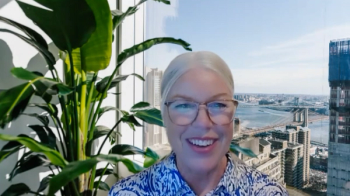
Shiela Plasencia, director of practice support, Community Oncology Alliance (COA), discusses health equity initiatives and the challenges that follow.
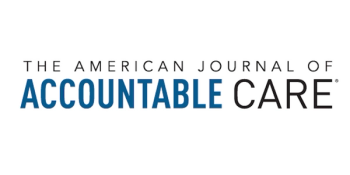
Leading payer and health system stakeholders reviewed literature and shared insights on the value of real-time continuous glucose monitoring (rtCGM) in type 2 diabetes (T2D) population health.

Patient-centered medical homes in Maryland’s multipayer demonstration disrupted the pattern of recurrently high expenditure among the costliest patients and improved continuity of care.

Electronic nicotine devices, originally marketed to help smokers quit cigarettes, have resulted in a worldwide outbreak of adolescent nicotine consumers.

Despite common assumptions, smoking prevalence in individuals relies on sociodemographic disparities rather than health disparities.

While the overall rate of cancer death among children has declined substantially in recent decades, progress has stalled for Black and Hispanic children compared with White children since 2011.

Household primary language was associated with vision screening, with children from non-English households exhibiting lower rates of pediatric vision screening.

In a recent study, reducing dietary sodium demonstrated a blood pressure–reducing effect similar to that of a commonly used first-line antihypertensive medication.

Robert Gluckman, MD, MACP, from Providence Health Plan, discusses what he was most interested in hearing about at our Institute for Value-Based Medicine® event held in Newport Beach, California, on November 2.
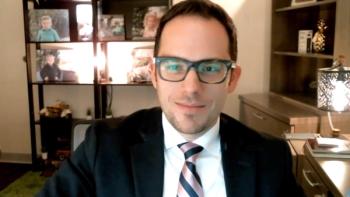
Jorge Garcia, PharmD, MS, MHA, MBA, FACHE, Baptist Health South Florida, spoke about his panel held at the recent Institute for Value-Based Medicine® that The American Journal of Managed Care® cohosted with Providence Health System.

Sophia Humphreys, PharmD, MHA, BCBBS, discusses highlights of the Institute for Value-Based Medicine® (IVBM) event, held in partnership with Providence Health System, that recently took place in Newport Beach, California.

This retrospective cohort study of rural hospitals found that Medicare Advantage penetration increased substantially from 2008 to 2019 and was associated with greater hospital sustainability.

Insurance status is known to be associated with health care access and outcomes, and a recent study found that maternal private insurance is associated with a lower infant mortality rate compared with public Medicaid insurance in the United States.

Data from a 4-year trial of preschool-aged children offers new insight into the effects of initiating obesity management strategies among children in early life.



While Black people are consistently underrepresented, White people are consistently overrepresented in inflammatory arthritis trials for rheumatoid arthritis, psoriatic arthritis, spondyloarthritis, and juvenile idiopathic arthritis.

The Accountable Health Communities Model facilitates multisector coordination. Implementation science elucidated the contextual factors that facilitated the use of this model in Arizona.

Johns Hopkins Medicine underwent a reorganization of its population health services, with a new structure, set of priorities, and development of a 3-year strategic plan.






